Büro Ole Scheeren’s Guardian Art Center completes in Beijing
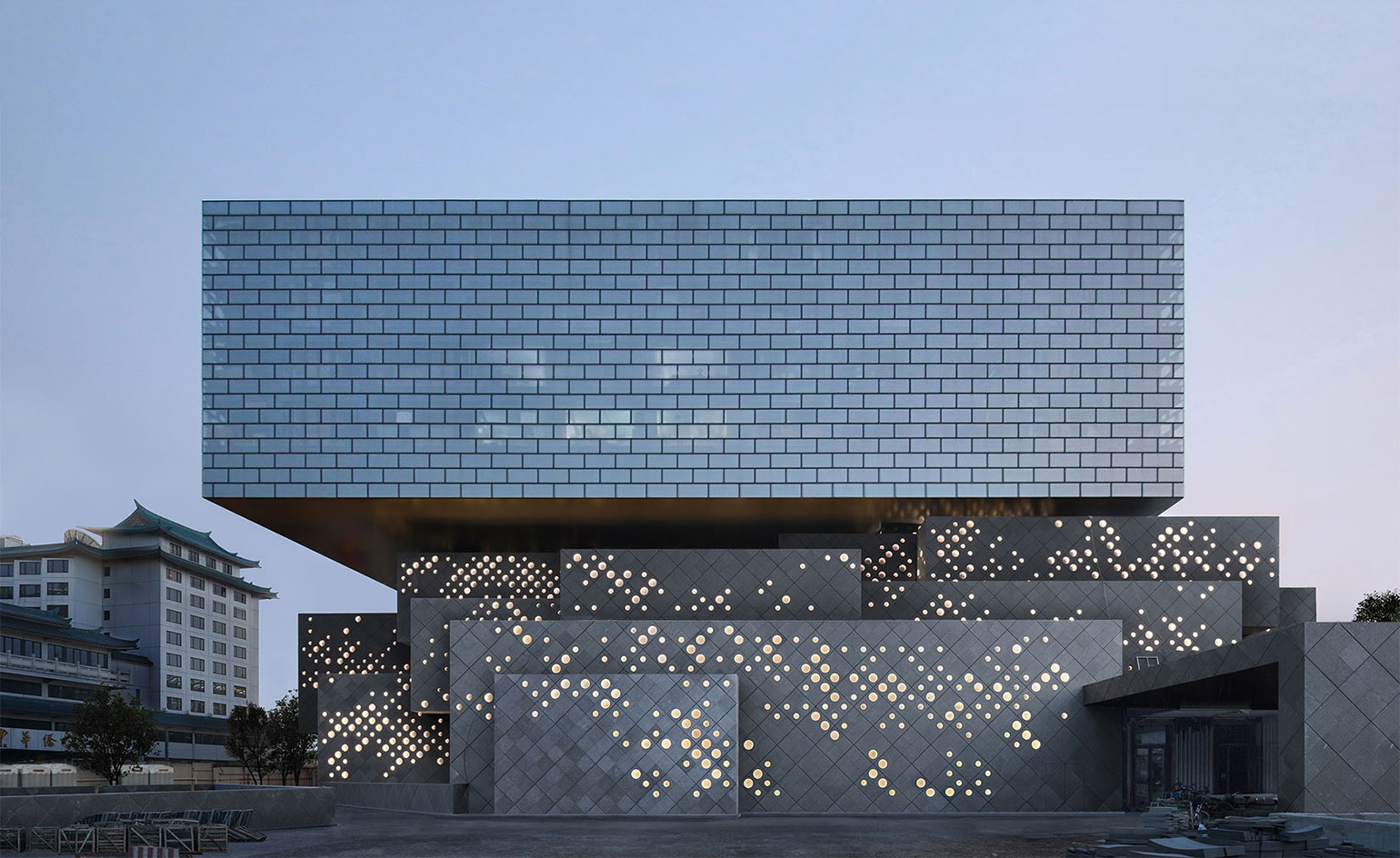
Strategically positioned at the boundary of Beijing’s Forbidden City, Büro Ole Scheeren’s Guardian Art Center is a contemporary response to Chinese cultural history and a new anchor for the community.
The layered structure of interlocking volumes constructed of grey stone, glass bricks and steel is a cool addition to the historic area, where it neighbours governmental buildings, the National Art Museum of China and Beijing’s most popular shopping thoroughfare, Wangfujing.
The Guardian Art Center therefore sits on the national stage and for Scheeren its architecture makes a statement that speaks of the present: ‘For China, it’s important on many levels as it takes a new position on contemporary architecture, tradition and value,’ says Scheeren.
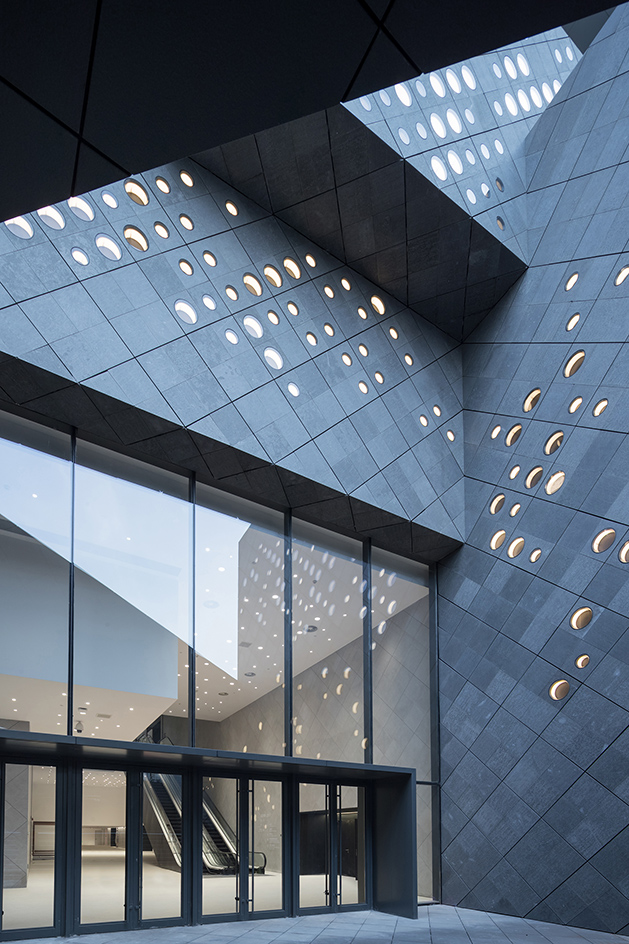
The double height entrance to the Guardian Art Center.
The design abstractly layers Chinese artistic and urban culture into its form – circular apertures embedded into the façade are patterned to reflect the undulating forms of the Fuchun Mountains captured by the treasured 14th century painter Huang Gongwang.
Yet the materials always offer an astute temperance of past and present – the brick pattern of the upper volume references the traditional architecture of the domestic hutong, however Scheeren builds with glass bricks that appear smooth and solid from the exterior, yet transparent from within bringing floods of light into the interior.
Similarly, the grey basalt stone of the lower volume is commonly used in older Chinese buildings, yet in Scheeren’s design it forms a series of playful cuboids rendering it modern in style.
The exterior shapes reflect the variation of interior functions of the Guardian Art Center, which holds exhibition and event space, auction halls, art storage and a boutique hotel within its walls.
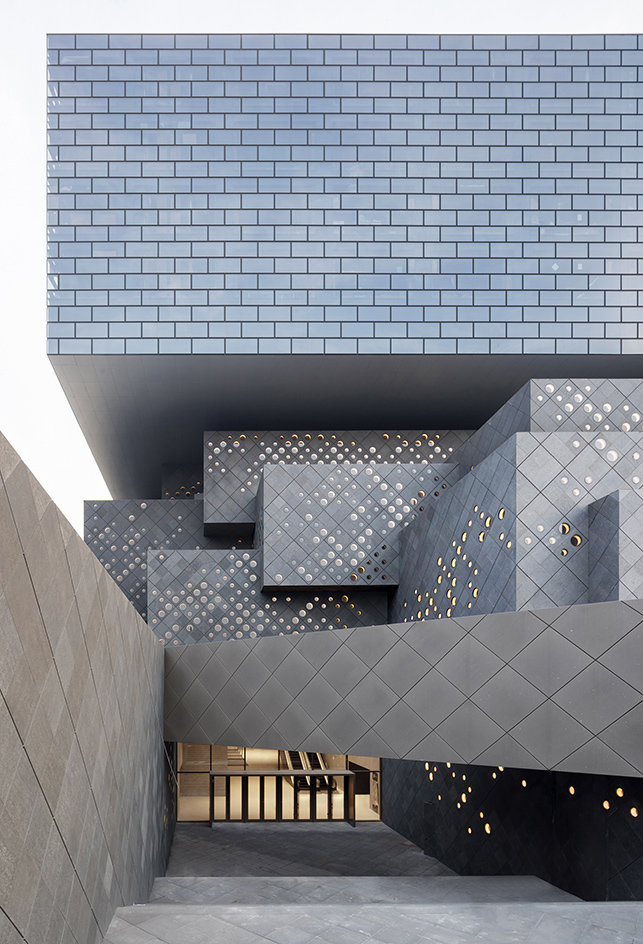
The upper and lower volumes of the building are distinctly arranged to refer to the interior programme.
‘The building brings art and culture back to Beijing’s centre,’ says Scheeren – the late 90s saw a shift in the city’s artistic centre to the 798 Art District, yet Scheeren sees the Guardian Art Center as a new pull for the art world and its community back to the heart of the city.
Scheeren’s design was the one that was selected out of 30 different designs put forward to Beijing’s planners over the course of 15 years.
‘They were concerned to find an architecture and an architect who would comprehend the context in a respectful way,’ says Scheeren, whose CCTV building in Beijing in the Central Business District for China Central Television (CCTV) Headquarters was selected back in 2002 for almost the opposite reasons: ‘The CCTV was dedicated to the future,’ says Scheeren of his last Beijing project which completed in 2012.
While equally as cutting-edge contemporary, the Guardian Art Center prides itself with its sensitive and layered response to tradition: ‘This is a building that, while contemporary, is about Chinese identity. It spans a nice bridge of two extremes of the city – the futuristic and historic.’
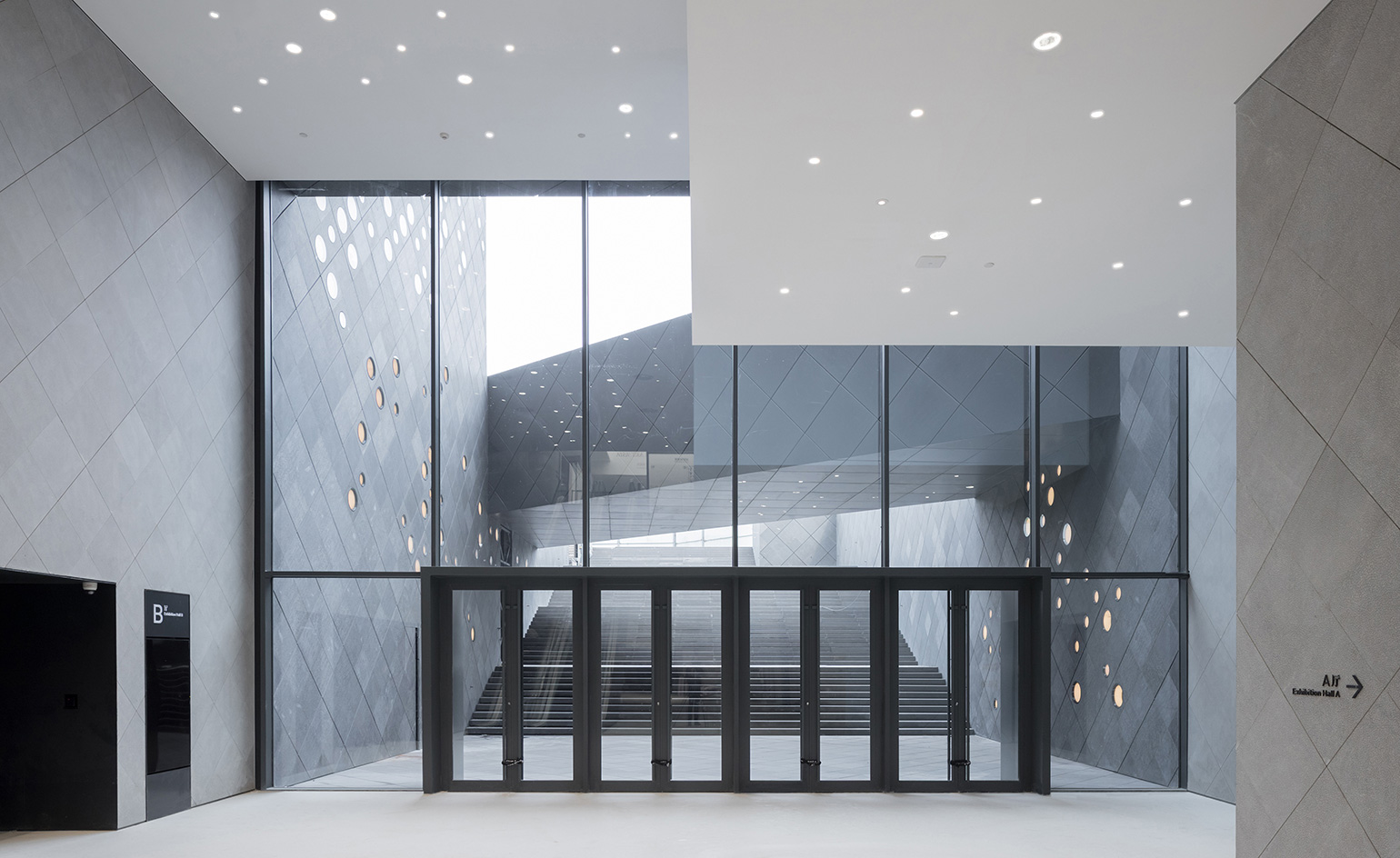
The entrance to the Guardian Art Center.
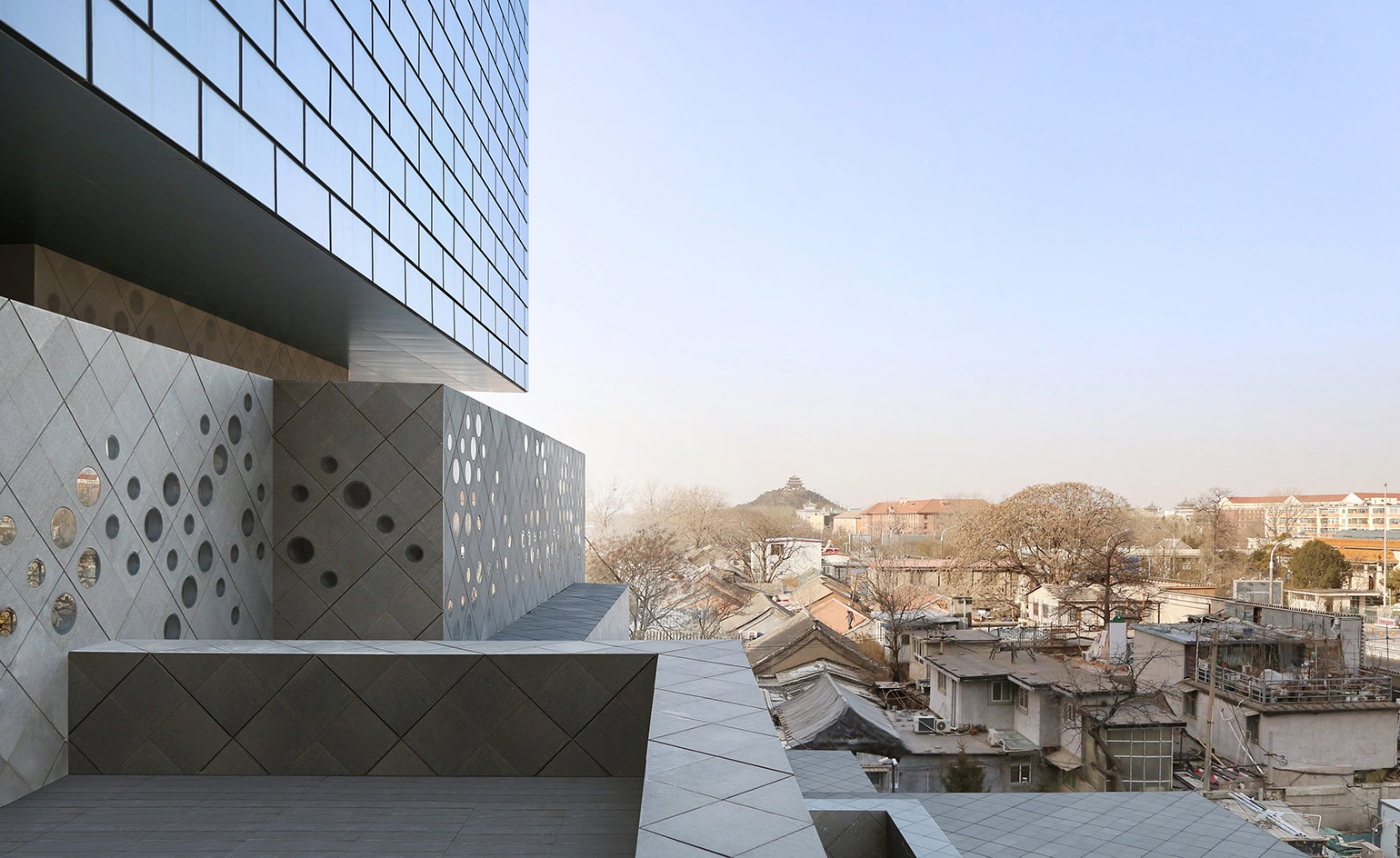
The domestic hutong style of Chinese architecture can be seen in the area surrounding the site
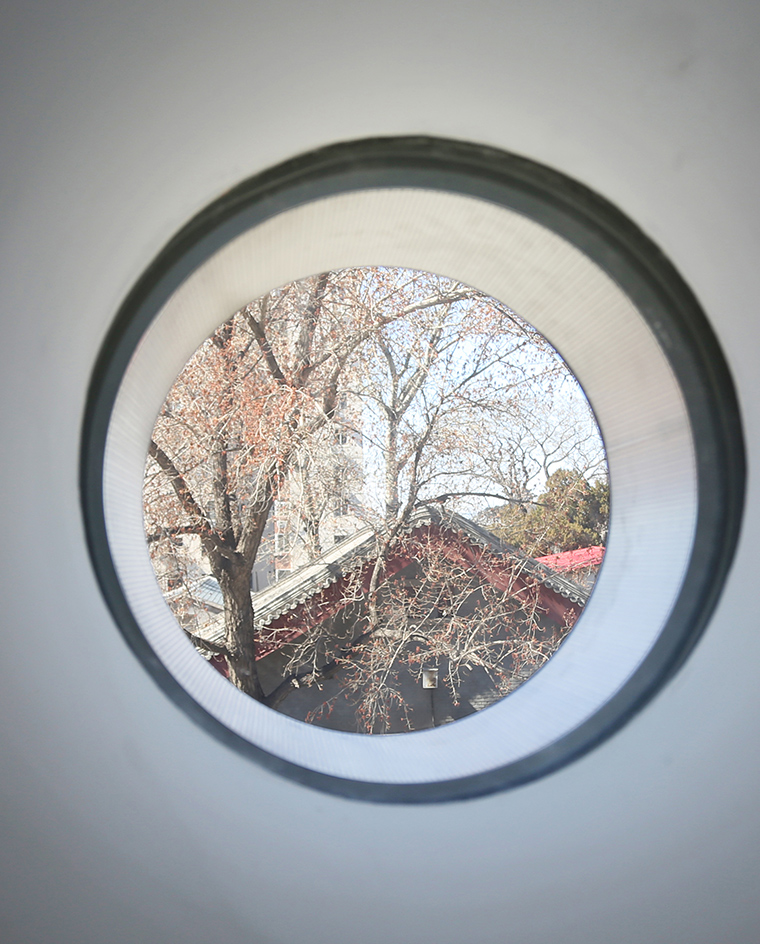
A circular aperture viewed from the interior
INFORMATION
For more information, visit the Büro Ole Scheeren website
Receive our daily digest of inspiration, escapism and design stories from around the world direct to your inbox.
Harriet Thorpe is a writer, journalist and editor covering architecture, design and culture, with particular interest in sustainability, 20th-century architecture and community. After studying History of Art at the School of Oriental and African Studies (SOAS) and Journalism at City University in London, she developed her interest in architecture working at Wallpaper* magazine and today contributes to Wallpaper*, The World of Interiors and Icon magazine, amongst other titles. She is author of The Sustainable City (2022, Hoxton Mini Press), a book about sustainable architecture in London, and the Modern Cambridge Map (2023, Blue Crow Media), a map of 20th-century architecture in Cambridge, the city where she grew up.
-
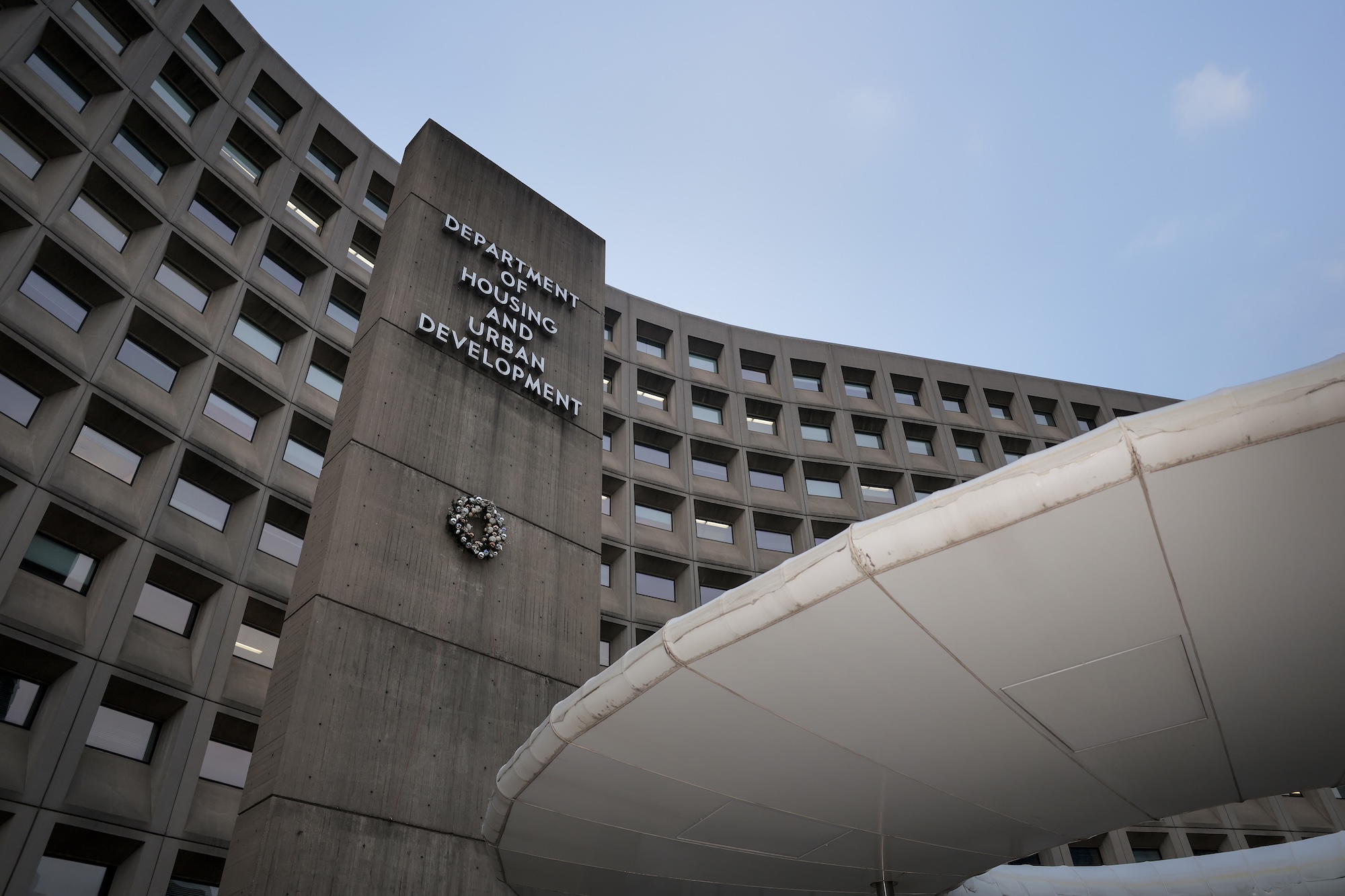 The White House faced the wrecking ball. Are these federal buildings next?
The White House faced the wrecking ball. Are these federal buildings next?Architects and preservationists weigh in on five buildings to watch in 2026, from brutalist icons to the 'Sistine Chapel' of New Deal art
-
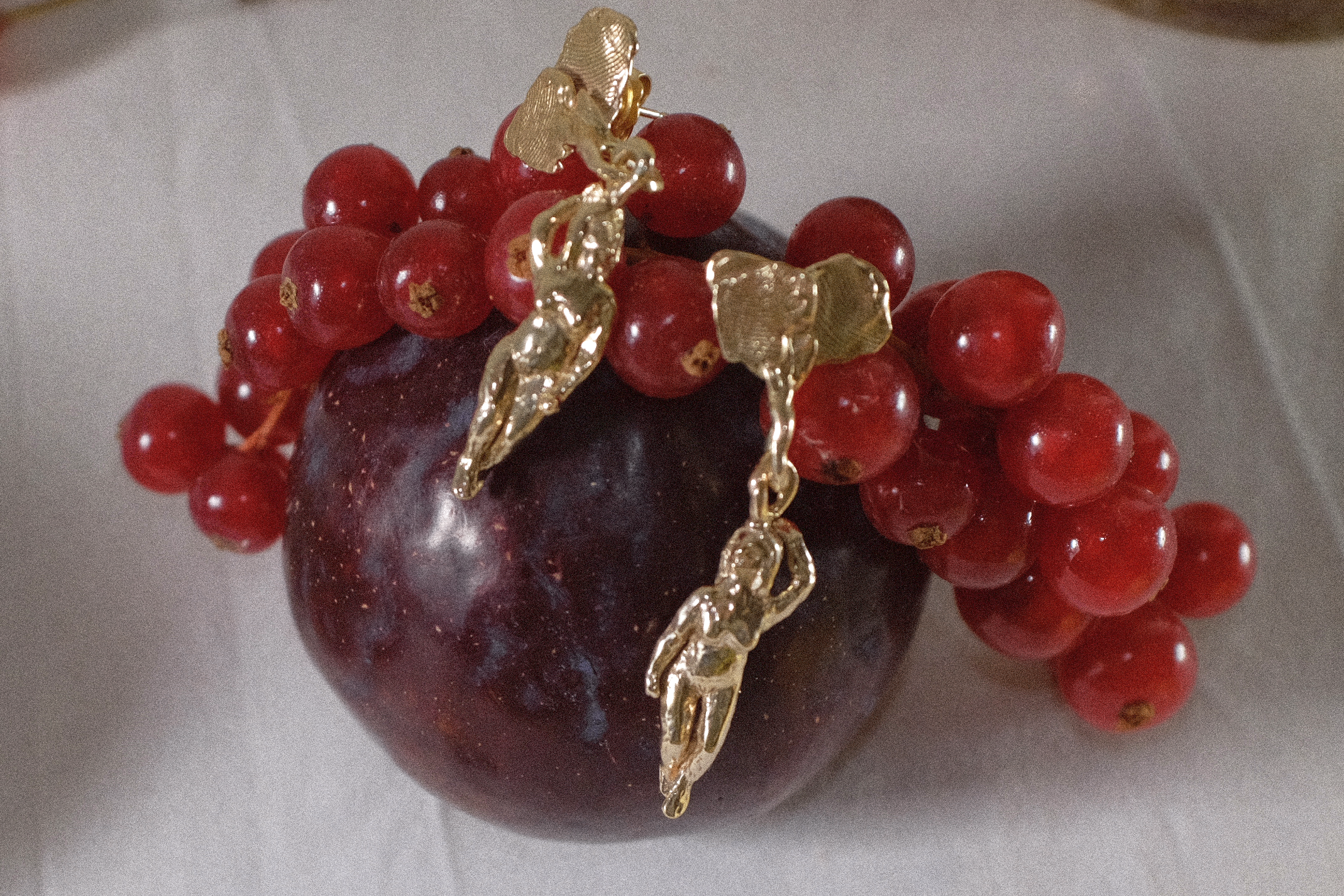 Georgia Kemball's jewellery has Dover Street Market's stamp of approval: discover it here
Georgia Kemball's jewellery has Dover Street Market's stamp of approval: discover it hereSelf-taught jeweller Georgia Kemball is inspired by fairytales for her whimsical jewellery
-
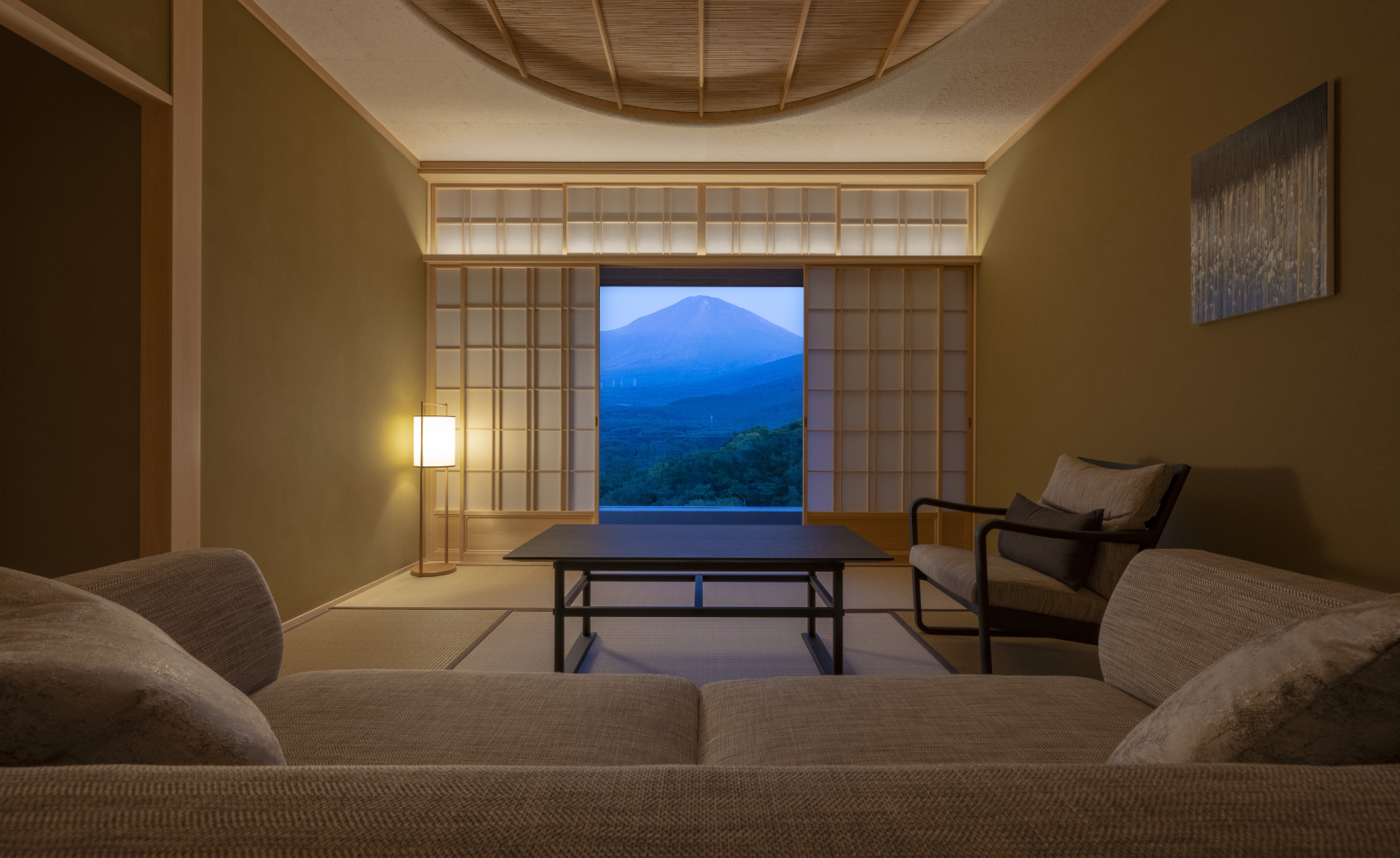 The best way to see Mount Fuji? Book a stay here
The best way to see Mount Fuji? Book a stay hereAt the western foothills of Mount Fuji, Gora Kadan’s second property translates imperial heritage into a deeply immersive, design-led retreat
-
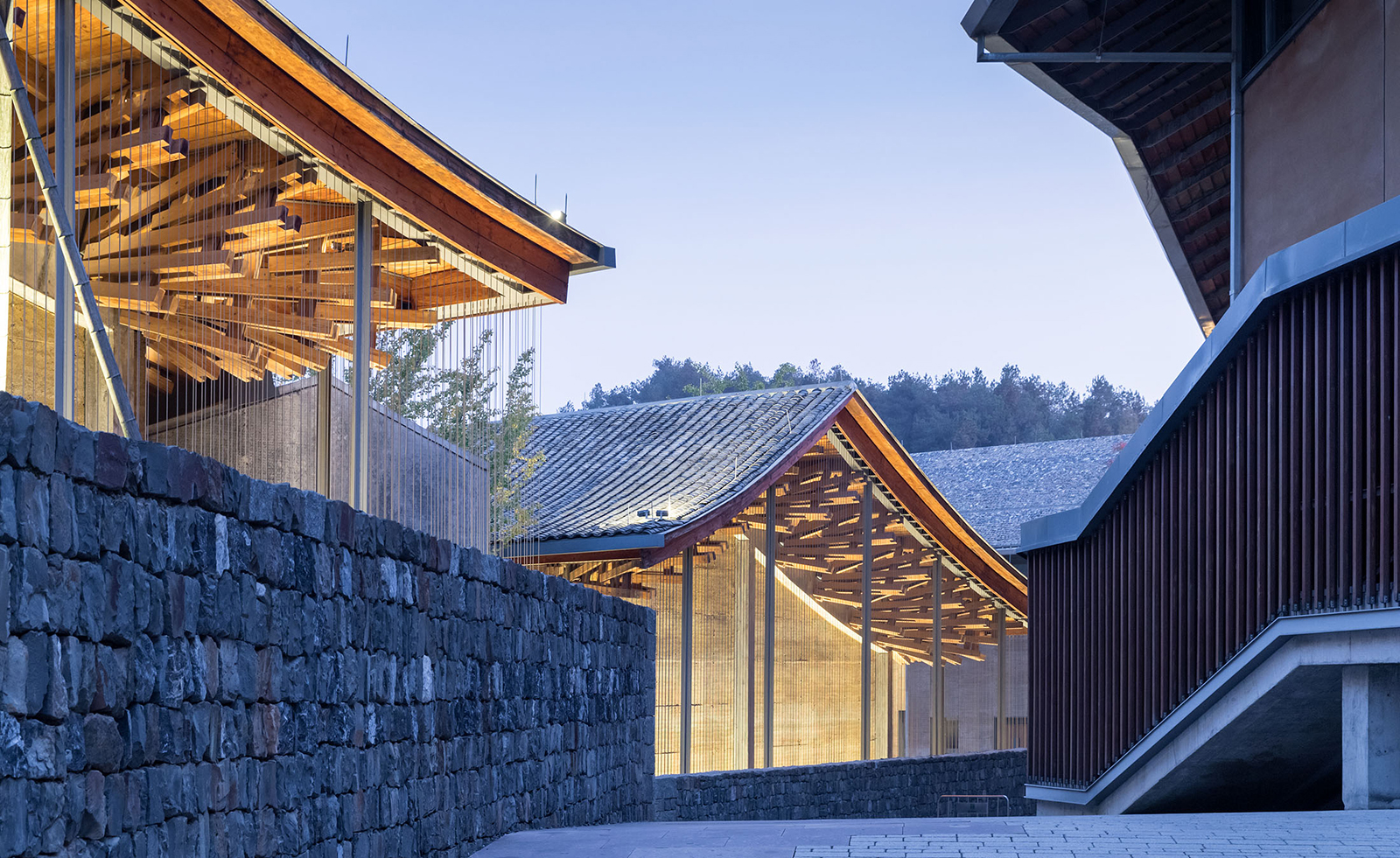 Wang Shu and Lu Wenyu to curate the 2027 Venice Architecture Biennale
Wang Shu and Lu Wenyu to curate the 2027 Venice Architecture BiennaleChinese architects Wang Shu and Lu Wenyu have been revealed as the curators of the 2027 Venice Architecture Biennale
-
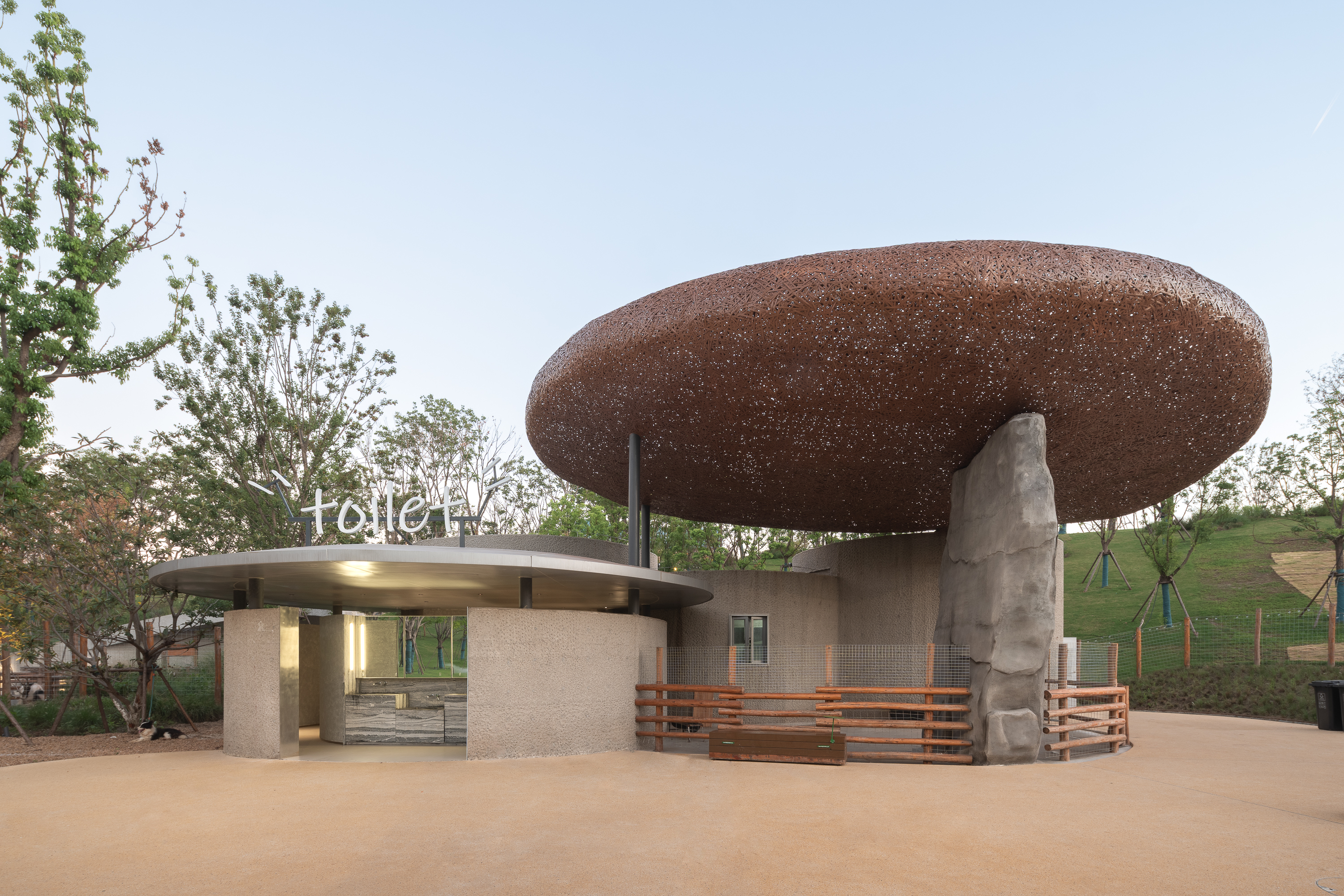 Tour this Chinese eco-farm, an imaginative wonderland connecting visitors with nature
Tour this Chinese eco-farm, an imaginative wonderland connecting visitors with natureLuxeIsland Farm by Various Associates is an eco-farm and visitor attraction in China’s picturesque Wuhan region; take a stroll across its fantastical landscape
-
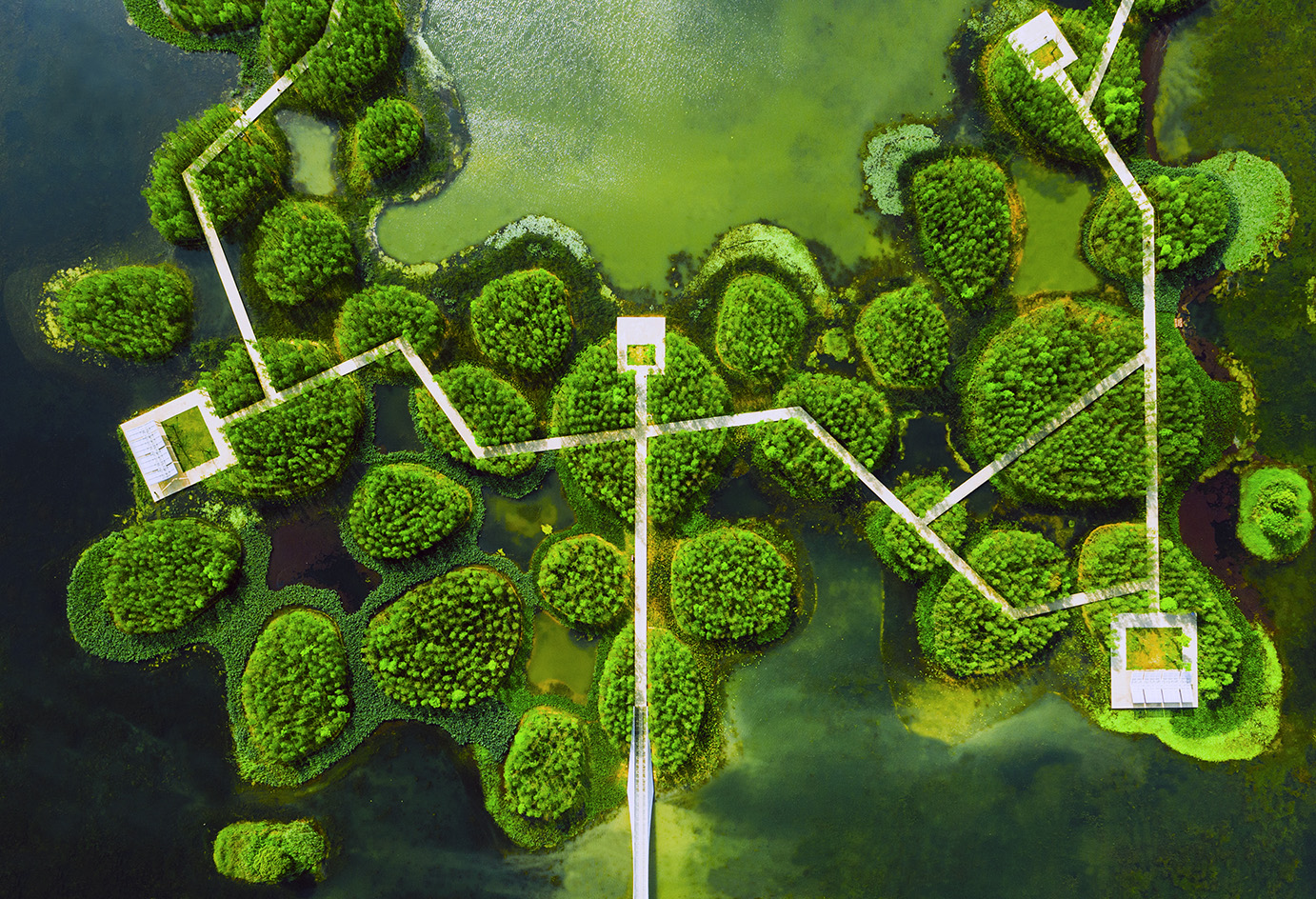 Honouring visionary landscape architect Kongjian Yu (1963-2025)
Honouring visionary landscape architect Kongjian Yu (1963-2025)Kongjian Yu, the renowned landscape architect and founder of Turenscape, has died; we honour the multi-award-winning creative’s life and work
-
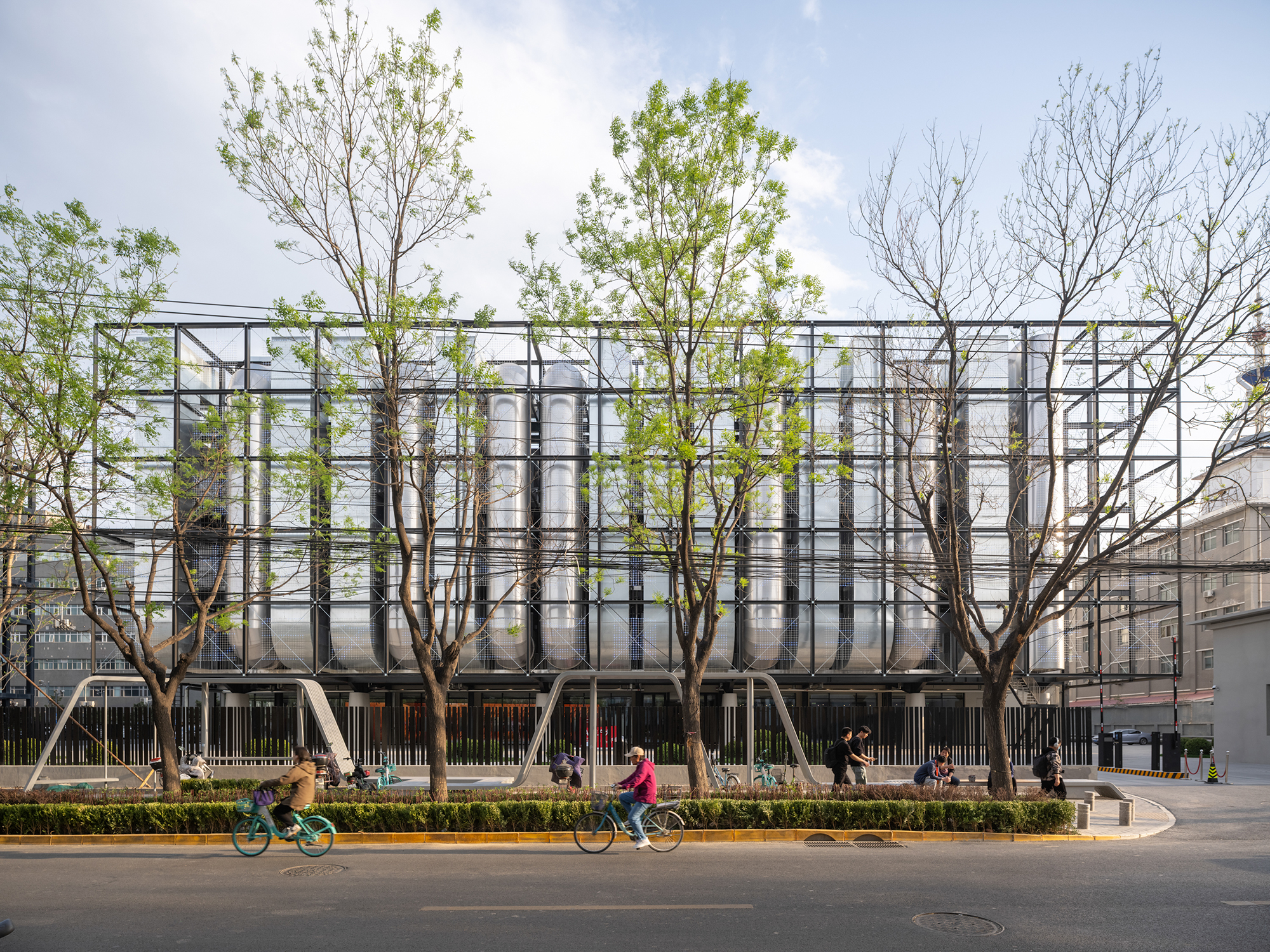 A new AI data centre in Beijing is designed to evolve and adapt, just like the technology within
A new AI data centre in Beijing is designed to evolve and adapt, just like the technology withinSpecialised data centre Spark 761, designed by llLab, is conceived as a physical space where humans and AI technology can coexist
-
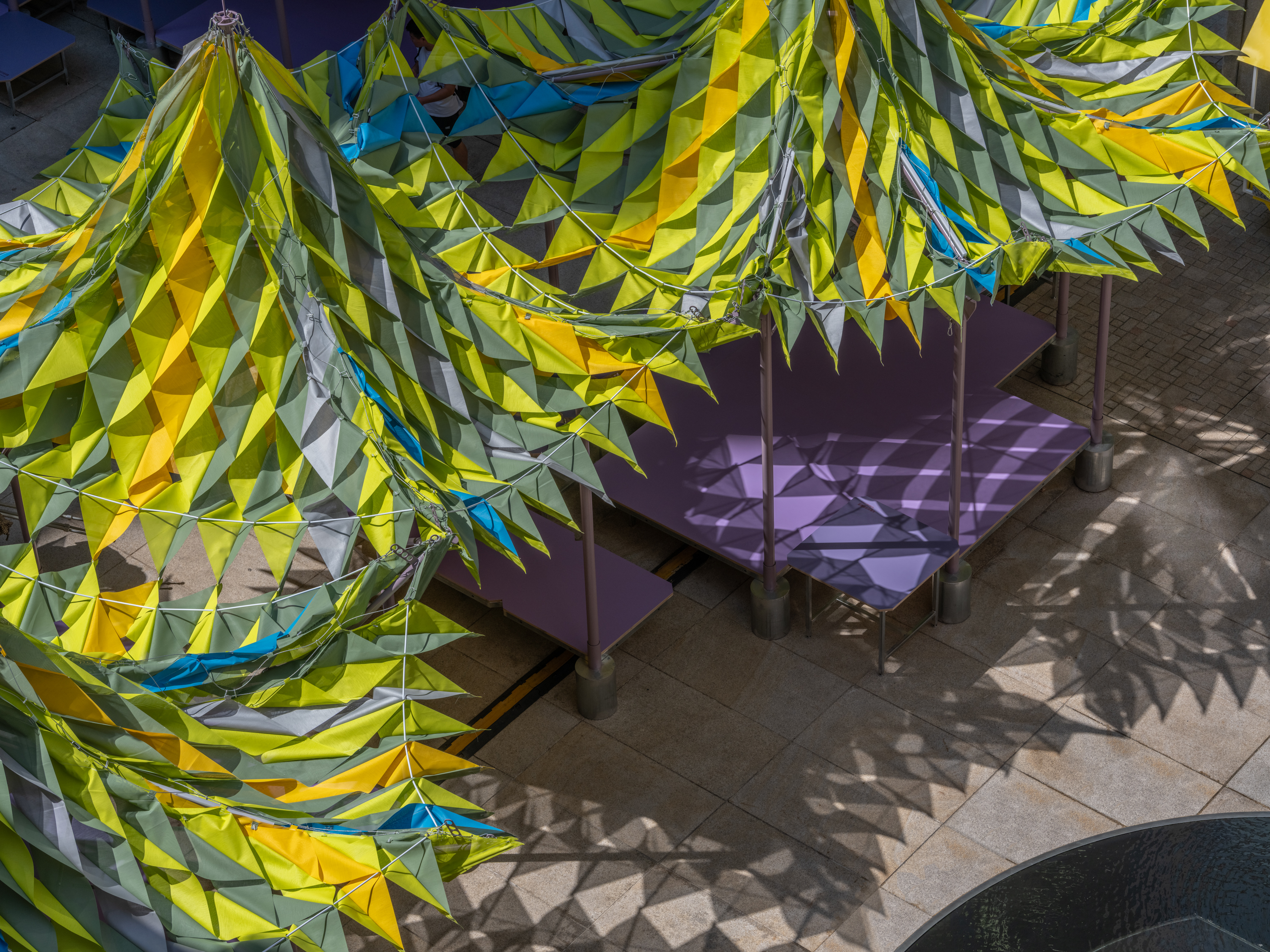 Shanghai’s biennial, RAMa 2025, takes architectural exploration outside
Shanghai’s biennial, RAMa 2025, takes architectural exploration outsideRAMa 2025, the architecture biennial at Rockbund Art Museum in Shanghai, launches, taking visitors on a journey through a historic city neighbourhood – and what it needs
-
 Atelier About Architecture’s ‘house within a house, and garden within a garden’
Atelier About Architecture’s ‘house within a house, and garden within a garden’House J in Beijing, by Atelier About Architecture, is an intricate remodelling complete with a hidden indoor garden and surprising sight lines
-
 A nature-inspired Chinese art centre cuts a crisp figure in a Guiyang park
A nature-inspired Chinese art centre cuts a crisp figure in a Guiyang parkA new Chinese art centre by Atelier Xi in the country's Guizhou Province is designed to bring together nature, art and community
-
 Zaha Hadid Architects’ spaceship-like Shenzhen Science and Technology Museum is now open
Zaha Hadid Architects’ spaceship-like Shenzhen Science and Technology Museum is now openLast week, ZHA announced the opening of its latest project: a museum in Shenzhen, China, dedicated to the power of technological advancements. It was only fitting, therefore, that the building design should embrace innovation